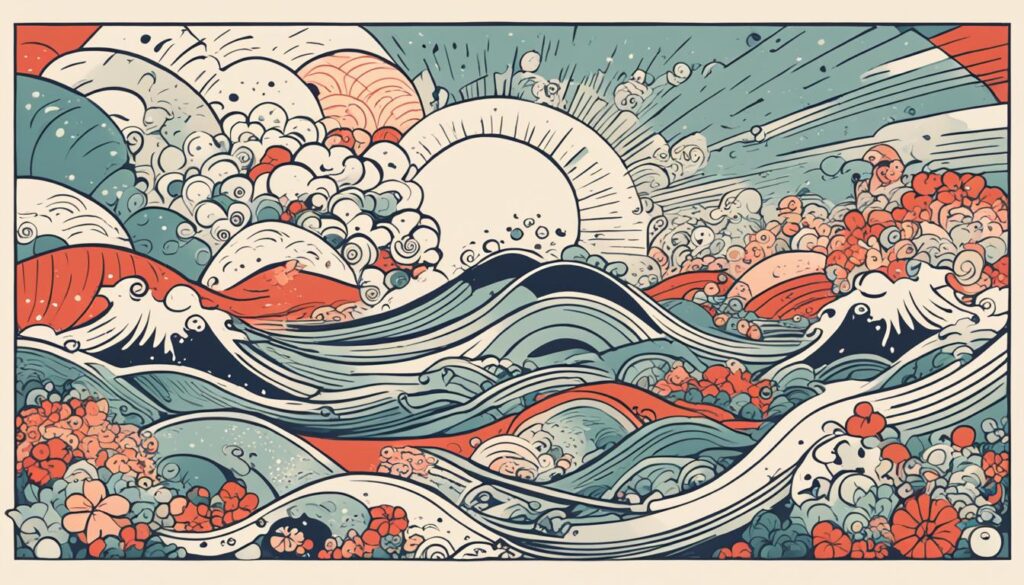In Japanese, expressing uncertainty or not knowing the answer is essential for effective communication and understanding the nuances of the language. Whether you’re a beginner learning Japanese or looking to expand your language skills, knowing how to say “I don’t know” is a vital phrase to have in your repertoire.
By learning different ways to express uncertainty in Japanese, you can navigate conversations with confidence and authenticity. In this article, we will explore various phrases and words that can be used to convey the meaning of “I don’t know” in Japanese.
Japanese Phrase: かな (kana)
One way to express uncertainty in Japanese is by using the phrase かな (kana). This phrase is often added at the end of a sentence or statement to convey a sense of wonder or uncertainty. It can be compared to the English expression “I wonder if…” or “I’m not sure if…”. By adding かな to the end of a sentence, you can indicate that you are unsure or uncertain about something.
Japanese Phrase: もしかしたら (moshikashitara)
When it comes to expressing uncertainty in Japanese, another useful phrase to add to your repertoire is もしかしたら (moshikashitara). This phrase is commonly used to convey the idea of “maybe” or “perhaps”. By incorporating もしかしたら into your conversations, you can express that you are unsure about something, leaving room for different possibilities.
For example, if someone asks you a question and you are unsure of the answer, you can respond with:
もしかしたら分からないかもしれません。 (moshikashitara wakaranai kamoshiremasen)
Translation: Maybe I don’t know.
This phrase indicates that you are uncertain and it’s possible that you don’t have the answer. It allows for a level of ambiguity while still engaging in the conversation.
| Japanese | English Translation |
|---|---|
| もしかしたら | Maybe |
| 分からない | I don’t know |
| かもしれません | It’s possible |
Table: Common phrases with もしかしたら (moshikashitara)
Japanese Phrase: なんだか / なんか (nan da ka / nan ka)
When it comes to expressing uncertainty in Japanese, the phrases なんだか (nan da ka) and なんか (nan ka) are incredibly useful. These adverbs add a sense of ambiguity and vagueness to a statement, similar to the English words “kinda” or “sorta”. By incorporating なんだか or なんか into your conversations, you can effectively convey that you don’t know something.
For example:
- 明日の天気、なんだか分からないな。
- I don’t know what the weather will be like tomorrow.
By using なんだか or なんか, you can express your uncertainty or lack of knowledge in a friendly and natural way. These phrases are great additions to your Japanese language skills and will help you navigate conversations with ease.
Keep in mind that なんだか and なんか are more casual expressions, so it’s important to use them appropriately depending on the situation. Practice incorporating these phrases into your everyday Japanese conversations to become more confident in expressing uncertainty.
Japanese Phrase: 難しい (muzukashii)

In Japanese, when expressing uncertainty or doubt, you can use the word 難しい (muzukashii), which means “difficult”. This versatile word is often employed to convey a sense of not knowing or understanding something. By using 難しい to indicate “I don’t know” in Japanese, you can effectively express your uncertainty or lack of knowledge about a particular situation or question.
The word 難しい can be a powerful tool in expressing uncertainty, as it encapsulates the idea that the subject at hand is challenging or hard to comprehend. Whether you are uncertain about a complex topic or genuinely don’t have the answer to a question, incorporating 難しい into your Japanese language skills will allow you to navigate conversations with authenticity and convey your uncertainty effectively.
Expressing uncertainty is a crucial aspect of effective communication in Japanese, and the word 難しい provides a nuanced way to convey your lack of knowledge or understanding. By incorporating this phrase into your conversations, you can communicate your uncertainty in a natural and culturally appropriate manner.
Summary
Expressing uncertainty in Japanese is essential for effective communication and understanding the intricacies of the language. In this article, we have explored various ways to say “I don’t know” or convey uncertainty in Japanese. By incorporating phrases like かな (kana), もしかしたら (moshikashitara), and なんだか / なんか (nan da ka / nan ka), as well as using the word 難しい (muzukashii), you can express different levels of uncertainty in conversations.
When you add かな at the end of a sentence, it resembles expressions like “I wonder if…” or “I’m not sure if…” in English, indicating that you are unsure or uncertain about something. Similarly, もしかしたら is used to convey “maybe” or “perhaps” when making an educated guess or speculation with some doubts.
On the other hand, なんだか / なんか are adverbs that add a sense of uncertainty or ambiguity to a statement, roughly translating to “kinda” or “sorta” in English. Lastly, the word 難しい expresses difficulty and can be used to convey a sense of uncertainty or lack of knowledge.
By incorporating these phrases and words into your Japanese language skills, you can navigate conversations with confidence and authenticity, enhancing your ability to express uncertainty in Japanese effectively.

